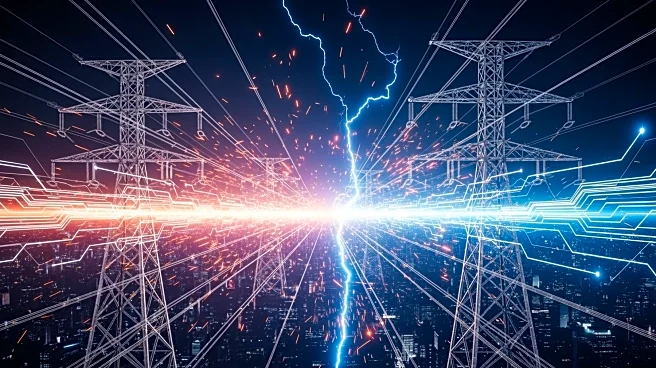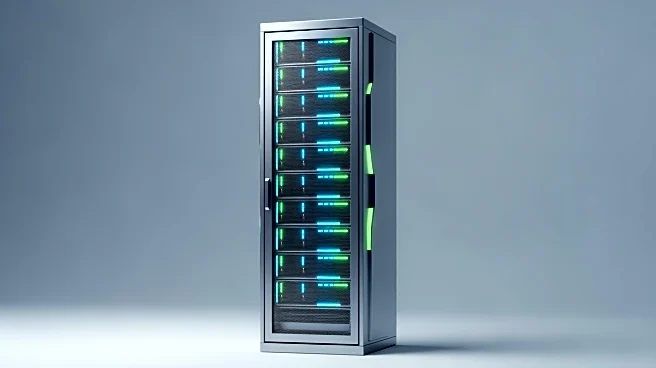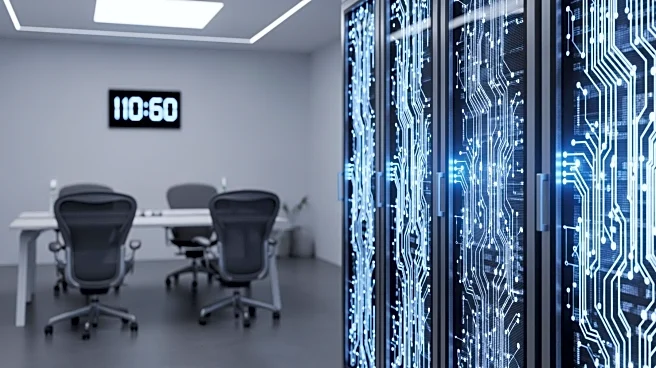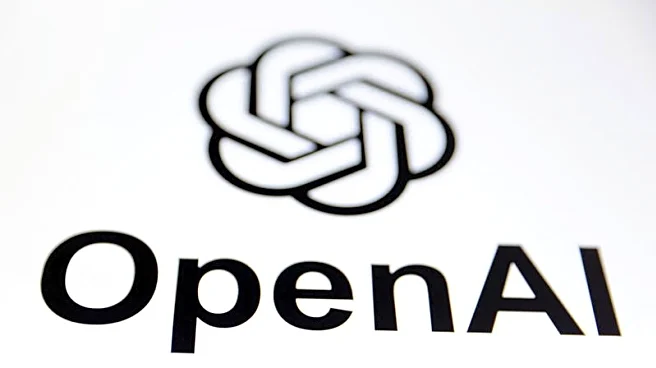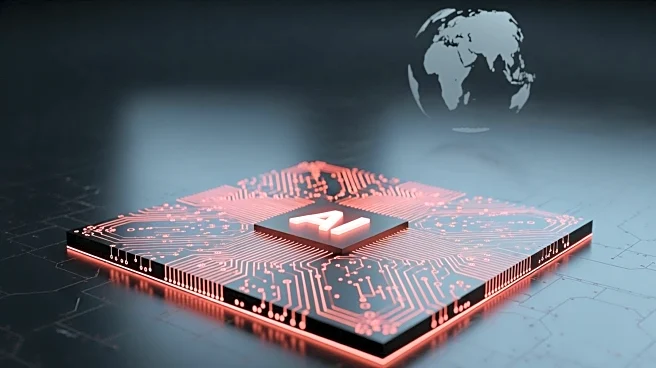What's Happening?
Recent studies have highlighted the significant energy demands of AI video models, which far exceed those of text-based AI models. Tools like OpenAI's Sora app, which generate AI videos, require substantial
computational power, leading to increased electricity consumption. This has raised concerns about the environmental impact of AI technologies, as AI datacenters proliferate across the U.S., potentially affecting local power grids and increasing household electricity bills. The study, led by Sasha Luccioni from Hugging Face, found that creating a single AI video can use as much energy as running a high-efficiency LED lightbulb for several hours.
Why It's Important?
The high energy consumption of AI video models poses a significant challenge as the demand for AI-generated content grows. This could strain the U.S. electrical grid and contribute to higher carbon emissions, counteracting efforts to combat climate change. The findings underscore the need for more sustainable AI practices and transparency from AI companies regarding their environmental impact. As AI becomes more integrated into daily life, balancing technological advancement with environmental responsibility will be crucial to ensure sustainable growth.
What's Next?
To address these challenges, AI companies and policymakers may need to invest in more efficient AI infrastructure and explore alternative energy sources to power AI datacenters. There is also a call for greater transparency from AI firms about the energy requirements of their technologies, enabling consumers to make informed decisions. Additionally, individual users can contribute by critically assessing their use of AI tools and opting for more sustainable alternatives when possible.
Beyond the Headlines
The environmental impact of AI technologies raises ethical questions about the responsibility of tech companies to mitigate their carbon footprint. As AI continues to evolve, there may be increased pressure on companies to adopt green technologies and practices. This could lead to innovations in energy-efficient computing and a shift towards more sustainable business models in the tech industry.


